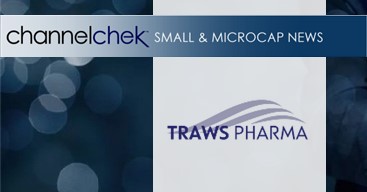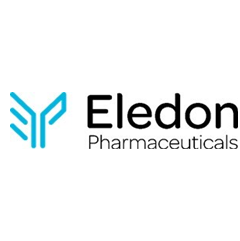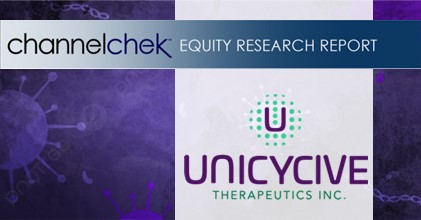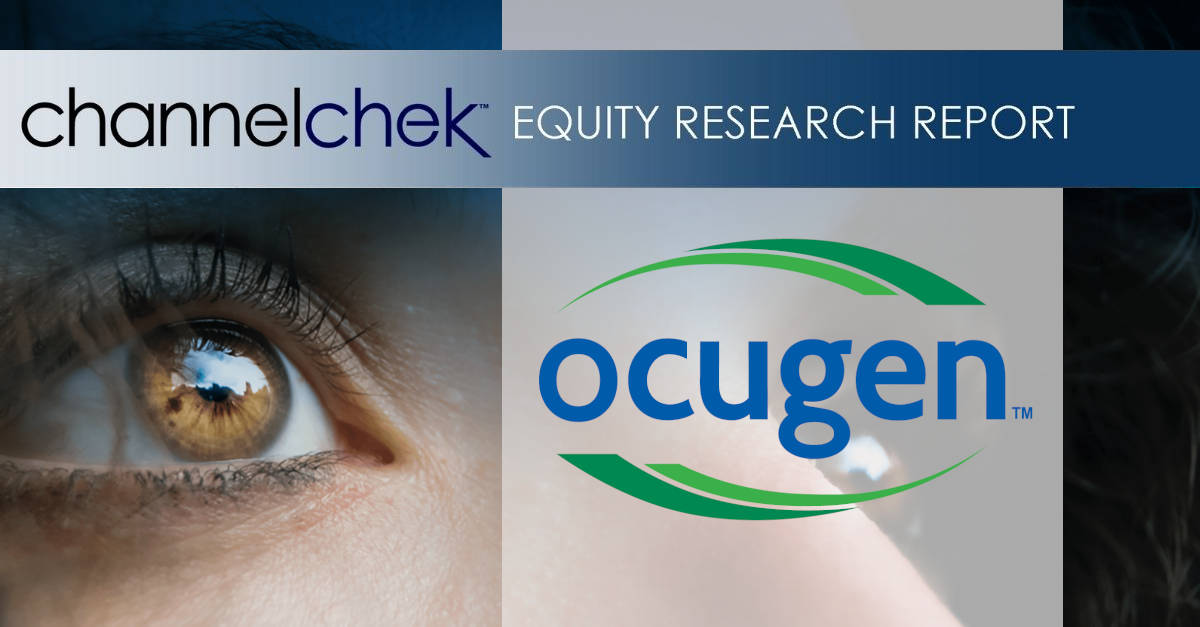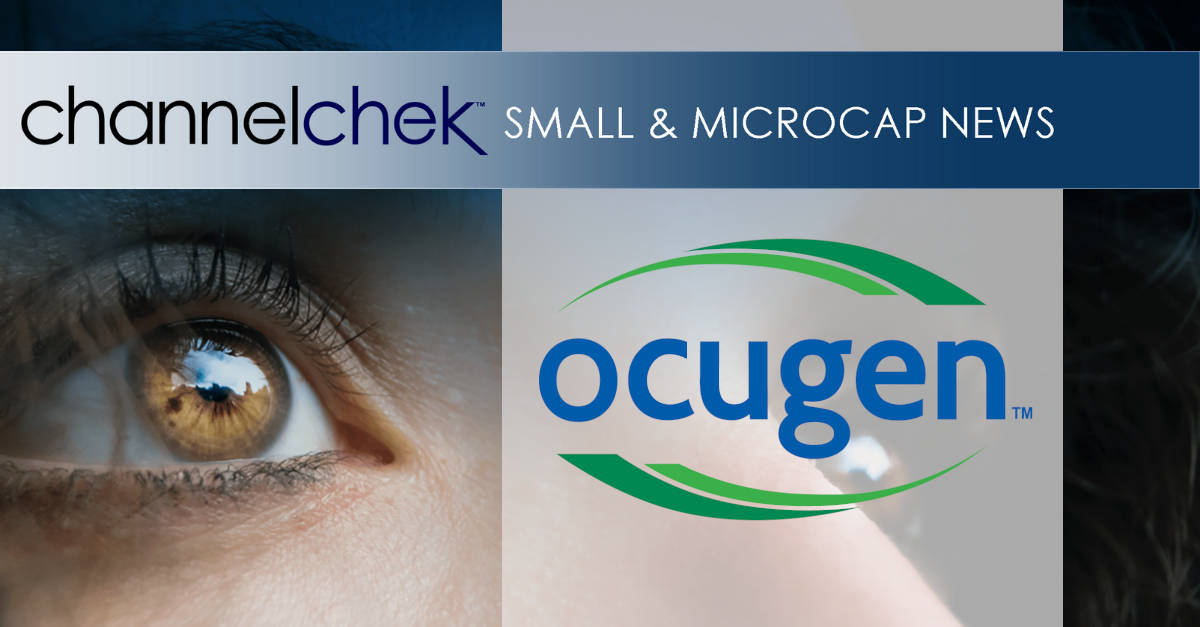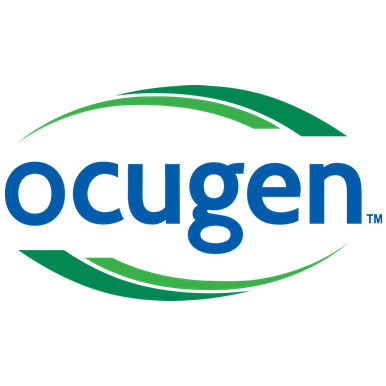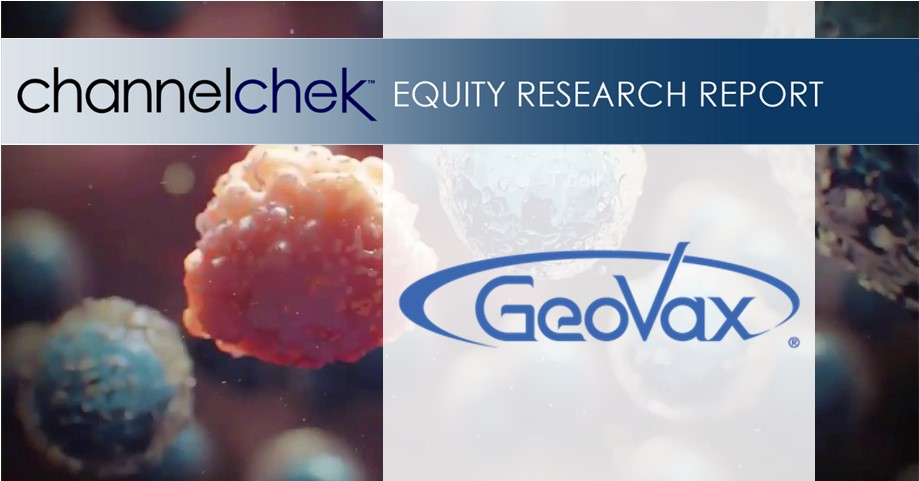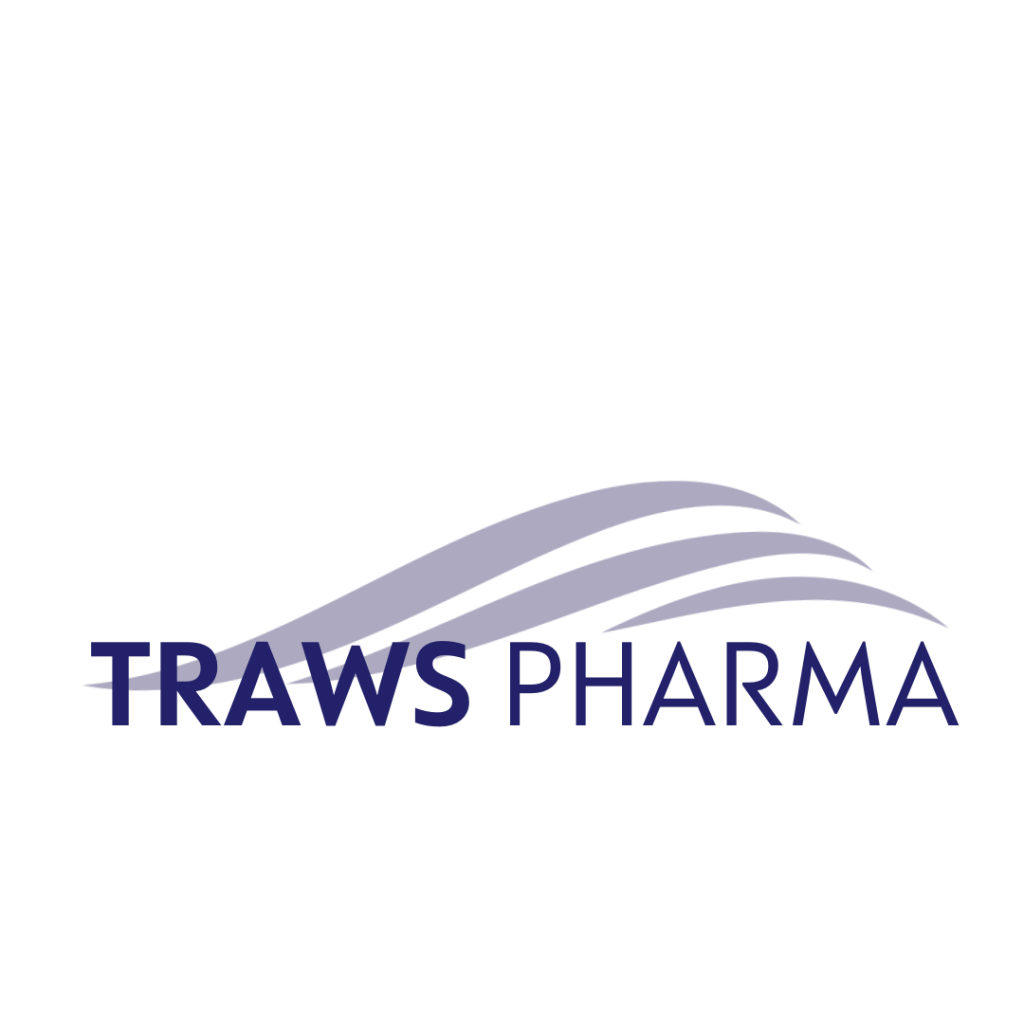
Research News and Market Data on TRAW
Merger with Trawsfynydd Therapeutics, Inc (“Trawsfynydd”) and concurrent private placement of $14 million (cash runway to support planned operations through year end), with recently achieved clinical milestones, put Traws on track to achieve key readouts for the clinical pipeline in H2 2024 and beyond
- Lead antiviral program, tivoxavir marboxil, for influenza, including avian flu, is dosing the first cohort in the Phase 1 dose extension study in Australia
- COVID-19 program, ratutrelvir, completed the Phase 1 single-ascending dose (SAD) and multiple-ascending dose (MAD) study in Australia
- Oncology strategy includes investigator-sponsored trials (ISTs), planned to begin in H2 2024, adding a new dimension to the narazaciclib program, with continued investigator support for rigosertib
- Corporate update call planned for August 15, 2024 at 8:00 AM ET
NEWTOWN, Pa., Aug. 15, 2024 (GLOBE NEWSWIRE) — Traws Pharma, Inc. (“Traws” or “Traws Pharma”), a clinical stage biopharmaceutical company developing oral small molecules for respiratory viral diseases and cancer, today outlined recent business highlights and reported unaudited financial results for the second quarter ended June 30, 2024. The Company intends to host a conference call and live webcast on Thursday, August 15, 2024 at 8:00 AM ET.
“The last several months have been transformational for Traws Pharma, with strategic and product development progress and an increase in capital,” said Werner Cautreels, PhD, Chief Executive Officer of Traws Pharma. “Completion of the merger agreement that created Traws Pharma expanded our investor base to include recognized healthcare investors, Orbimed and Torrey Pines, while broadening our portfolio to include compounds that we believe have best-in-class potential for influenza (flu), including bird flu, and COVID-19. In addition, ISTs are enhancing our multi-kinase inhibitors for cancer, narazaciclib and rigosertib.”
“We expect the antiviral program to advance over the next 6+ months as we complete preparations to report Phase 1 results and initiate Phase 2 studies in flu and COVID-19. Preclinical data and topline data from SAD studies from our influenza candidate, tivoxavir marboxil, suggest that it has the potential to achieve our target product profile as a single dose treatment that is active against pandemic-potential viruses as well as oseltamivir and baloxavir resistant viruses,” continued Dr. Cautreels. “In addition, clinical-trial enabling studies for our COVID-19 candidate, ratutrelvir, suggest that it has the potential to be effective without the requirement for co-administration of a CYP-inhibitor, and active against virus strains that may be resistant to other approved agents such as nirmatrelvir. In the coming months, we look forward to completing the Phase 1 studies, finalizing the dosing plan and initiating the Phase 2 program for both tivoxavir marboxil and ratutrelvir. We believe these data could pave the way for key readouts in 2025.”
Upcoming Milestones
Tivoxavir marboxil — Targets the influenza cap-dependent endonuclease, which is highly conserved across flu strains, including avian flu. The compound is intended to be administered as a single dose per treatment
- Q4 2024: Announcement of topline Phase 1 dose extension results from Australia
- Q4 2024/Q1 2025: Initiation of Phase 2 efficacy study
Ratutrelvir – Targets Mpro (3CL protease). The compound does not require combination use of a CYP-inhibitor such as ritonavir
- Q4 2024: Announcement of topline results from Phase 1 SAD and MAD studies
- Q4 2024/Q1 2025: Initiation of Phase 2 efficacy study
Narazaciclib – our multi-kinase inhibitor, including CKD4+, with potential for use in multiple solid tumors
- H2 2024: Release topline results from our Phase 1/2 study at an upcoming medical meeting. In addition, we plan to announce the recommended Phase 2 dose (RP2D) and initiate ISTs in multiple myeloma, breast cancer and other indications
Rigosertib – our multi-kinase inhibitor targeting cell cycle proteins including PLK-1, with potential for use in the ultra-rare disease, advanced squamous cell carcinoma complicating recessive dystrophic epidermolysis bullosa (RDEB-associated SCC, RDEB)
- Continue to support the IST-led program, including compassionate use for patients with RDEB
Recent Developments
- Start of dosing in Phase 1 dose extension study for tivoaxavir marboxil, a placebo-controlled trial designed to evaluate three doses, including two doses from the successful Phase 1 dose escalation study (80 and 120 mg) and one new, increased dose (240 mg) in healthy volunteers. The study was designed to assess pharmacokinetics, pharmacodynamics and safety, to define the dosing plan for the upcoming Phase 2 efficacy study. The expected dosing schedule will be one single oral dose.
- Completion of a Phase 1 dose escalation study for ratutrelvir in Australia, a SAD/MAD study conducted in healthy volunteers. The study was designed to assess SAD (5 doses ranging from 15 mg to 600 mg) and MAD (2 doses, 150 mg, and 600 mg, daily for 10 days) and provide pharmacokinetics, pharmacodynamics and safety data to guide the dosing plan for the upcoming Phase 2 efficacy study. The expected dosing schedule will be one oral dose per day for 10 days.
- Completion of Phase 1/2 dose escalation studies for narazaciclib, evaluated as a monotherapy and in combination with letrozole in patients with recurrent metastatic low-grade endometrioid endometrial cancer and other gynecologic malignancies. The studies were designed to define the dose limiting toxicity (DLT) and maximally tolerated dose (MTD) of the combination, and the RP2D for further clinical trials. Topline data are are being analyzed.
- Presentation of further data from ongoing ISTs for rigosertib, shared at the Society for Investigative Dermatology (SID) held in July, 2024 which highlighted ongoing studies for RDEB-associated SCC, conducted at the University Hospital in Salzburg, Austria and Thomas Jefferson University, Philadelphia, PA.
- Completion of the merger with Trawsfynydd and concurrent $14 million private placement in April expanded the clinical portfolio of the combined entity to include two potentially best-in-class oral small molecule programs, for influenza and COVID-19, as well as oral two agents for solid tumor cancers. The transaction also enhanced the Company’s investor base, with the addition of Orbimed and Torrey Pines.
Financial Results:
Traws financial results for the quarter ended June 30, 2024 represent the first post-transaction quarterly report of the combined company. The financial results for the comparable period in 2023 represent a consolidated summary of the combined entity. For simplicity, the explanatory statements below provide a high-level summary of expenses for the quarter ended June 30, 2024.
Cash, cash equivalents and short-term investments: As of June 30, 2024, the Company had cash, cash equivalents, and short-term investments of approximately $16.9 million, compared to cash, cash equivalents, and short-term investments of approximately $20.8 million at December 31, 2023. The company believes its cash balance is adequate to support planned operations through year end 2024.
Acquired in-process R&D related to our transaction early in the second quarter resulted in a non-cash charge of $117.5 million.
Research and development (R&D) expense for the three months ended June 30, 2024, totaled $4.0 million, compared to $2.5 million for the comparable period in 2023. Q2 2024 R&D expenses mainly reflect the cost of the Phase 1 SAD/MAD COVID-19 study, the Phase 1 extension study in flu, completion of the narazaciclib Phase 1/2 dose escalation study, regulatory expenses to support planned upcoming studies, and expenses related to stock-based compensation and restructuring costs related to the recent transaction.
General and administrative (G&A) expense for the three months ended June 30, 2024, totaled $2.0 million compared to $2.2 million for the comparable period in 2023. Q2 2024 G&A expenses include stock-based compensation and restructuring costs related to the merger.
Net loss: The net loss for the three months ended June 30, 2024 was $123.1 million, or $4.87 per basic and diluted common share, which reflects a non-cash charge of $117.5 million related to in-process R&D from Onconova’s April 2024 acquisition of Trawsfynydd. This compares with a net loss of $4.3 million, or $0.20 per basic and diluted common share, for the same period in 2023.
Conference Call and Webcast Information
Traws Pharma will host a conference call and webcast today, August 15, 2024, at 8:00 AM ET to discuss recent business progress and second quarter financial results. To access the call, please dial:
1 (877) 407-0789 (United States) or 1 (201) 689-8562 (International) and reference the conference ID “13748066”. To access the webcast, please click: Traws Pharma Corporate Update Call. The live and archived webcast can also be accessed by visiting the “Corporate Events & Presentations” tab of the Events and Presentations section of the Investor Relations page. A replay of the webcast will be archived for 90 days.
About Traws Pharma, Inc.
Traws Pharma is a clinical stage biopharmaceutical company developing oral small molecule therapies for the treatment of respiratory viral diseases and cancer. The viral respiratory disease program includes two potentially best-in-class oral small molecules in Phase 1 studies: tivoxavir marboxil, a novel oral antiviral drug candidate for influenza and avian flu, targeting the influenza cap-dependent endonuclease, and ratutrelvir, targeting Mpro (3CL protease).
In the cancer program, Traws is developing the novel, proprietary multi-kinase CDK4-plus inhibitor narazaciclib, with potential for refractory endometrial cancer and potentially other solid tumor cancers, and rigosertib, multi-kinase inhibitor targeting cell cycle proteins including PLK-1, with potential for use in advanced squamous cell carcinoma complicating recessive dystrophic epidermolysis bullosa (RDEB-associated SCC, RDEB).
Traws Pharma is committed to delivering novel compounds for unmet medical needs using state-of-the-art drug development technology. With a focus on product safety and a commitment to patients in need or that are specifically vulnerable, we aim to build solutions for important medical challenges and alleviate the burden of viral infections and cancer.
Forward-Looking Statements
Some of the statements in this release are forward-looking statements within the meaning of Section 27A of the Securities Act of 1933, as amended, Section 21E of the Securities Exchange Act of 1934, as amended, and the Private Securities Litigation Reform Act of 1995, and involve risks and uncertainties including statements regarding Traws Pharma, its respective businesses, the merger agreement with Trawsfynydd Therapeutics, Inc. and concurrent private placement and the use of proceeds from such financing and the Company’s financing strategies, as well as statements regarding the milestones, preclinical studies and clinical studies for its four product candidates, tivoxavir marboxil for influenza including avian flu, ratutrelvir for COVID-19, and narazaciclib and rigosertib for cancer, related to the design, timing and potential results and the timing of next steps. Traws has attempted to identify forward-looking statements by terminology including “believes”, “estimates”, “anticipates”, “expects”, “plans”, “intends”, “may”, “could”, “might”, “will”, “should”, “preliminary”, “encouraging”, “approximately” or other words that convey uncertainty of future events or outcomes. Although Traws believes that the expectations reflected in such forward-looking statements are reasonable as of the date made, expectations may prove to have been materially different from the results expressed or implied by such forward looking statements. These statements are only predictions and involve known and unknown risks, uncertainties, and other factors, including the success and timing of Traws’ clinical trials, collaborations, merger integration, market conditions and those discussed under the heading “Risk Factors” in Traws’ filings with the Securities and Exchange Commission. Any forward-looking statements contained in this release speak only as of its date. Traws undertakes no obligation to update any forward-looking statements contained in this release to reflect events or circumstances occurring after its date or to reflect the occurrence of unanticipated events.
Traws Pharma Contact:
Mark Guerin
Traws Pharma, Inc.
267-759-3680
www.trawspharma.com
Investor Contact:
Bruce Mackle
LifeSci Advisors, LLC
646-889-1200
bmackle@lifesciadvisors.com
